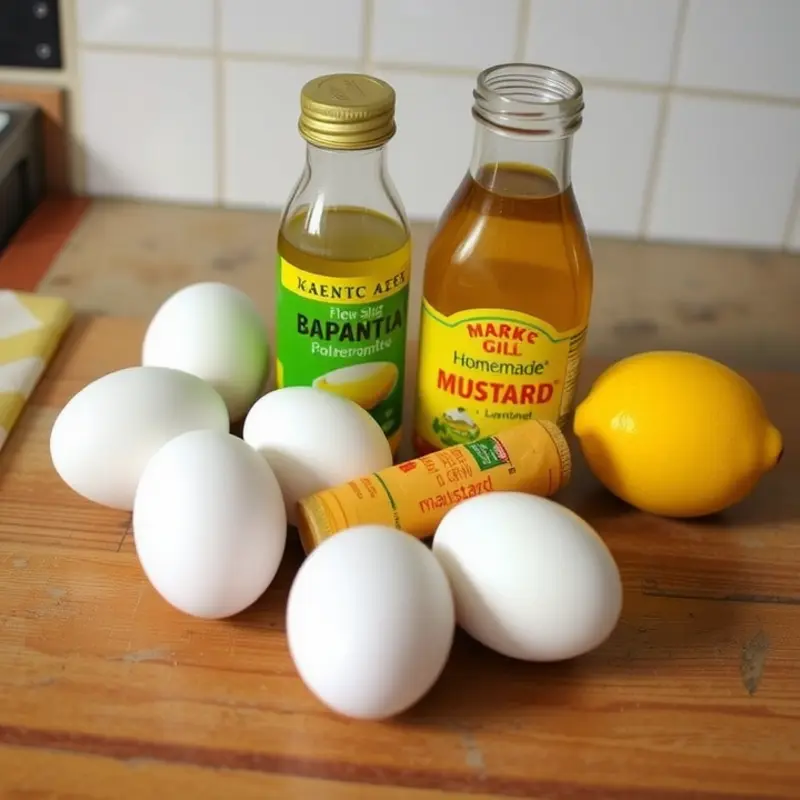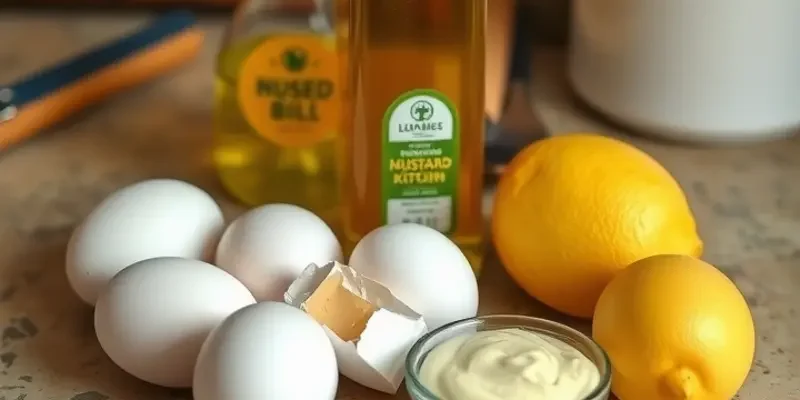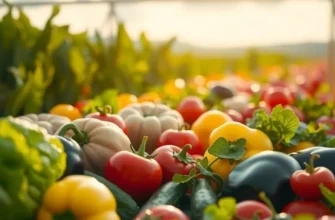Homemade mayonnaise is a culinary delight that elevates your dishes from ordinary to gourmet. With just a few ingredients, you can create a creamy, rich condiment that enhances salads, sandwiches, and more. Whether you’re a beginner or an experienced cook, this guide will equip you with simple techniques and essential tips to help you make the perfect mayonnaise in your own kitchen.
Essential Ingredients and Tools

Creating homemade mayonnaise is an art that starts with understanding its fundamental components. Each ingredient plays a unique role in achieving that desired creamy texture and tangy flavor. Here’s a closer look at what goes into your mayonnaise and the tools that can make the process seamless.
Key Ingredients
-
Egg Yolks: The backbone of mayonnaise, serving as the emulsifying agent that binds oil and water. Their richness contributes to the sauce’s creamy texture.
-
Oil: Choose a neutral-flavored oil like sunflower or canola for smoothness, or olive oil for a richer taste. The oil provides volume and texture, creating that silky consistency when whisked correctly.
-
Vinegar or Lemon Juice: These acidic components add necessary tanginess and help stabilize the emulsion. Opt for white wine vinegar or freshly squeezed lemon juice for the best results.
-
Salt: Enhancing flavor, salt is a crucial ingredient. Not only does it balance the other components, but it also acts as a natural preservative.
-
Mustard: Often included for flavor and additional emulsifying properties, mustard can be a game-changer. A teaspoon of Dijon or yellow mustard can add a subtle depth to your mayo.
-
Sugar: A pinch of sugar can round out the flavors, providing a gentle sweetness that enhances the overall taste profile.
Indispensable Tools
-
Whisk: A classic balloon whisk allows for effective manual emulsification. While it requires some elbow grease, it gives you the most control over the process.
-
Blender or Food Processor: These electric tools are perfect for beginners or those short on time. They ensure a consistent and stable emulsion with minimal effort, making them a popular choice.
-
Mixing Bowl: A stainless steel bowl is ideal; it provides a smooth surface for whisking and helps maintain the mixture’s temperature.
-
Measuring Cups and Spoons: Precision is key in mayonnaise making. Utilizing accurate measurements ensures your balance of flavors and textures is spot on.
-
Spatula: A silicone spatula is perfect for scraping down the sides of your mixing bowl, ensuring all ingredients are incorporated smoothly.
Understanding these ingredients and tools sets the foundation for crafting delicious mayonnaise at home. Not only do you gain control over its taste and texture, but you also avoid preservatives and additives in store-bought versions.
For those interested in sustainable cooking practices, you can explore eco-smart kitchen storage to minimize food waste and maximize ingredient longevity.
Mastering mayonnaise requires practice, but with these basics in mind, you’re well on your way to perfection. Prepare to impress your dinner guests with fresh, flavorful mayo that complements any dish.
Step-by-Step Mayonnaise Mastery

Creating mayonnaise from scratch may seem daunting, but with the right approach, it can be a rewarding experience. This guide will lead you through the essential steps and offer techniques for perfect emulsification, troubleshooting tips, and inspiring variations.
Ingredients you’ll need:
- 1 egg yolk
- 1 tablespoon lemon juice or white vinegar
- 1 teaspoon Dijon mustard
- 1 cup neutral oil (such as vegetable or grapeseed oil)
- Salt to taste
Optional additions: garlic, herbs, or spices for customized flavors.
Step 1: Setting Up
Start with a clean, dry mixing bowl and a whisk or an immersion blender. Ensure all ingredients are at room temperature to improve emulsification.
Step 2: Combining Ingredients
Place the egg yolk, lemon juice, and mustard in the bowl. Whisk them until the mixture thickens slightly, indicating the beginning of your emulsion.
Step 3: Gradual Oil Incorporation
Slowly add a few drops of oil while whisking continuously. Once the emulsion starts to form, you can increase the oil flow to a thin, steady stream. Whisk vigorously to maintain a stable mixture. Keep going until all the oil is incorporated and you have a thick, creamy mayonnaise.
Step 4: Season and Adjust
Taste your mayonnaise and add salt as needed. Adjust acidity with more lemon juice or vinegar if necessary. At this stage, you can also blend in any additional flavors.
Troubleshooting Common Issues
If your mayonnaise doesn’t thicken: Stop adding oil and whisk until it’s emulsified again. If it remains runny, start over with a new egg yolk, then gradually whisk in the failed mixture.
If it’s too thick: Add a small amount of water or lemon juice and whisk until you reach the desired consistency.
Customizing Your Mayonnaise
Once you master the basic recipe, the possibilities are endless. Add minced garlic for aioli or fresh herbs for a garden twist. Explore a flavor-boosting guide without adding extra salt.
Understand that homemade mayonnaise not only allows you to explore flavors but also to practice eco-smart cooking by avoiding single-use packaging. Check this eco-smart kitchen storage guide for more sustainable practices.
By following these steps and experimenting with flavors, you’ll make mayonnaise that’s truly personal and delightful. Mastery may come with practice, but the journey itself is a palate-pleasing adventure.
Final words
Making homemade mayonnaise is not only rewarding but also a fantastic way to enhance your culinary repertoire. With the right ingredients and techniques, anyone can whip up a luscious mayonnaise that tastes far superior to store-bought options. Practice your emulsification skills, experiment with flavors, and soon you’ll have a go-to sauce that brings out the best in your favorite dishes. Remember, cooking is a journey, so enjoy every step and make it your own!







